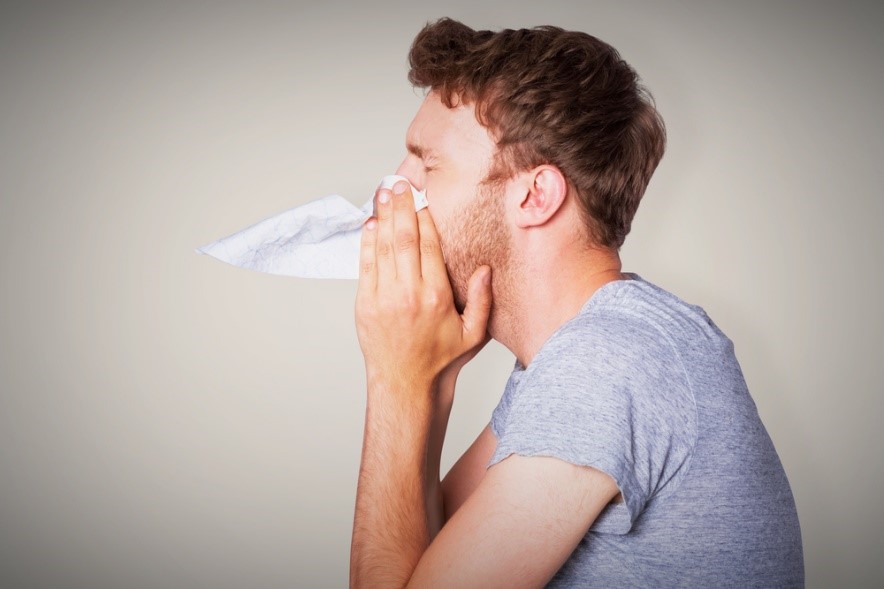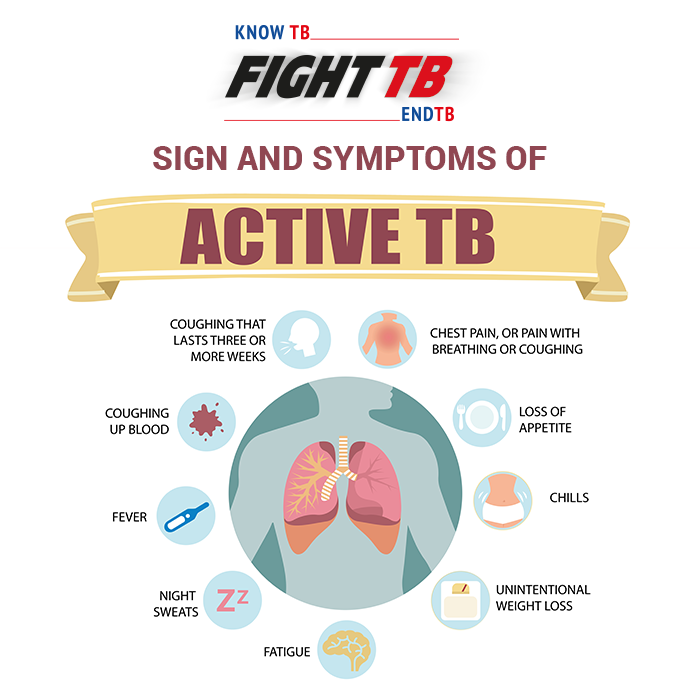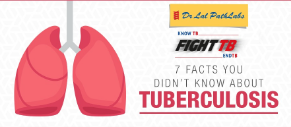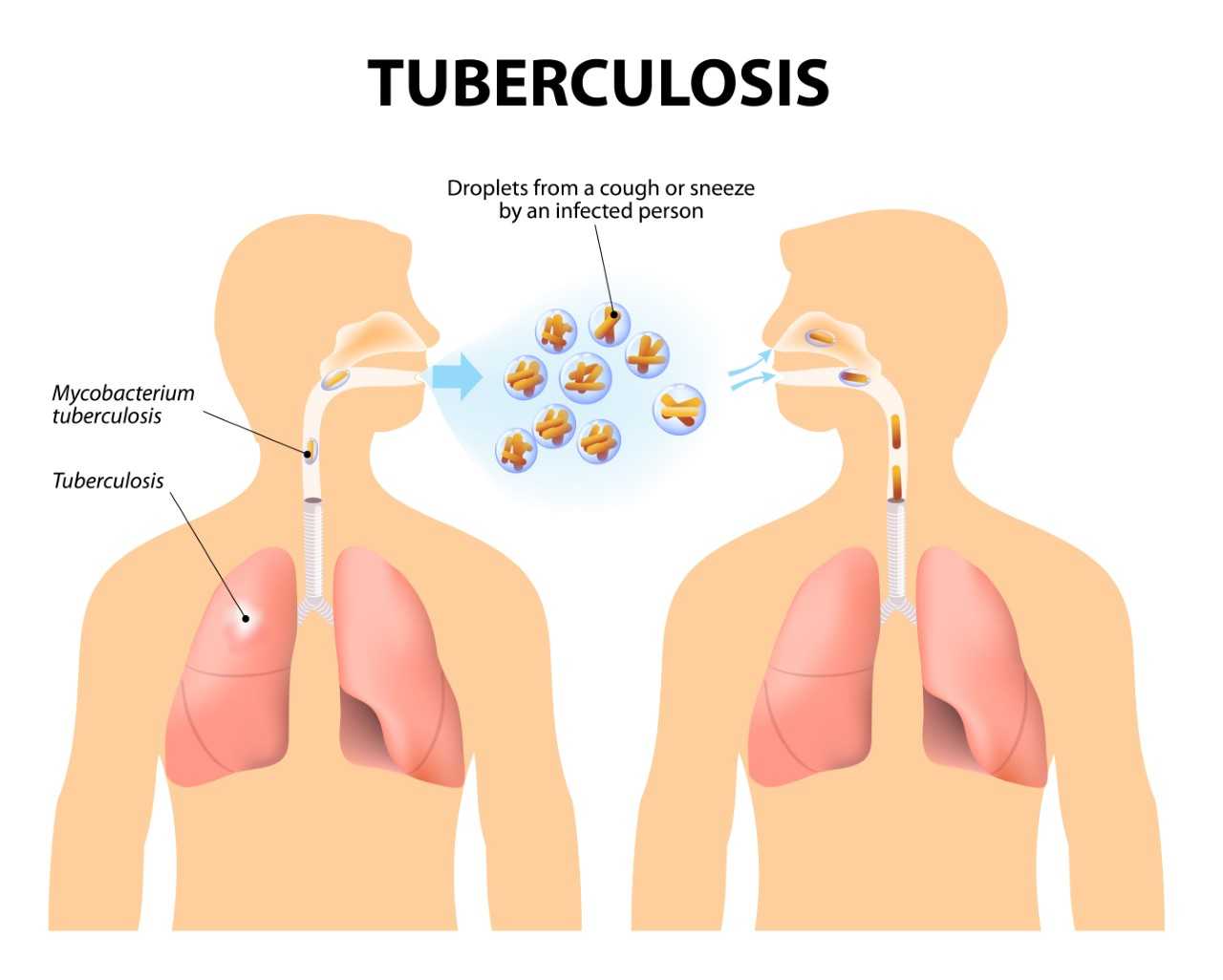Cold and Flu: Symptoms, Causes, Treatments and Prevention

Cold and flu are two most common viral infections that affect human beings whenever they undergo some lifestyle or environmental changes. A runny nose, sore throat, congestion, cough, feeling feverish and fatigued are some customary symptoms witnessed by individuals affected by common cold and flu viruses. Often linked together, common cold and flu are two different infections. While the former is quite mild in nature and does not pose any chronic risks to one’s health, the latter, on the other hand, can turn fatal, over a time, and cause serious life-threatening illness. It is essential to understand the difference between the two diseases in terms of their symptoms, causes, risk factors, tests and of course treatment methods. At the same time, seeking a physician’s assistance as soon as you witness any of these two viral infections is highly essential.
Here we define some basic guidelines to understanding the difference between common cold and flu.
Cold and Flu Symptoms
Symptoms of cold are as follows:
- Sore throat
- Coughing
- Headache
- Sneezing
- Cough
- More mucus than normal
- Runny nose
Symptoms of flu, on the other hand, are comparatively severe in nature. These are as following:
- Blocked nose
- Aching muscles
- Dry cough
- Sudden fever that persists
- Tightness of the chest
- Fatigue
Causes of Cold and Flu
Common cold causes are as follows:-
Medically referred as a viral respiratory infection, cold is contagious, communicable in nature. This means that the infection can spread from one person to another easily and swiftly. Medical science recognizes about 200 different types of viruses that can cause the condition of cold in an individual. These viruses typically enter the human body through eyes, mouth, and the nose. Some other known causes of common cold are as follows:-
- Weak immune system
- Lack of sleep
- Stress
- Smoke
- Asthma
- Change of season
Influenza or otherwise known as flu is also a respiratory ailment. However, unlike cold, flu is a seasonal infection that usually runs from fall through spring. Flu is typically caused by the influenza A, B, and C viruses, wherein influenza A and B are the most common ones. Furthermore, active strains of flu viruses are known to vary from one year to another, which is precisely the reason why medical practitioners have to develop a new flu vaccine every year.
Similar to cold, flu too is a communicable disease, and a person can acquire it by simply coming in contact with someone who’s already infected by the virus. The following factors increase the chances of catching influenza:
- Lung disease
- Pregnancy
- Eating unhealthy foods
- HIV/AIDS
- Excessive stress
- Diabetes or chronic diseases
- A pre-existing neurological condition
- Weak immune system
Treatments
Treating a Common Cold
As such, there is no proper cure for common cold. Some general over-the-counter medicines can help mitigate the symptomatic effects. At the same time, a bunch of home remedies can also help in reducing the effects of common cold and ease out the problem. Take charge by first clearing up your blocked nose and calm your sore throat.
- Steam helps loosen stuffy nose. Add some camphor for better effect.
- Rub Vicks on feet and cover them with socks. This helps fight a cough.
- Drink plenty of hot fluids to keep the throat moist and loosen mucus to spit.
- Honey helps in easing throat pain as well
- Blow nose every now and then to clear the congestion
- Gargle helps in removing mucus stuck in the throat
- Ginger and garlic together help fight symptoms of common cold
Treating Flu
Usually, a set of medications are prescribed by a physician to ease out a sore throat and kill the infection present in the body. A couple of home remedies are also suggested along with these medications to curtail the problem. Home remedies recommended by physicians are as follows:-
- Take plenty of rest and stay warm
- Soups and hot ginger tea help in fighting the symptoms of flu
- Smoking and consumption of alcohol are strictly prohibited
- Gargle once or twice a day to ease your throat
- Herbs like elderberry, yarrow, and nettle leaf help in keeping the body hydrated
Good Health Tips – Prevent Cold and Flu
Simple efforts can significantly help in mitigating the effects of these diseases and living a healthy life. Being careless and maintaining an unhealthy lifestyle can expose a person to the risk of acquiring these infections easily and quickly.
- If you experience the symptoms of either flu or the common cold, it’s best to skip school/college/office and take the day off. Being communicable in nature, it’s quite possible other around you may also catch the infection.
- Wash your hands with soap after every meal to avoid germs from entering your body.
- Eat a healthy diet and drink plenty of water to keep your immune system healthy.
- Get vaccinated against influenza.
- Cover your mouth while sneezing or coughing, especially when you’re in a public place.
- Exercise at least 3 days a week to sit fit and healthy.
- Carry a sanitizer with you.
- Avoid contact with people who are experiencing flu-like symptoms.
- A cough only into a tissue.
- Stay home until your fever has subsided.
Call a doctor
While here are a number of safe medications easily available at the drug stores that swiftly help in curing these ailments, sometimes, situations can get out of control and turn fatal. If some symptoms persist for more than two days, its best to consult a physician and get prescribed right away. The sooner the problem is cured, the sooner you one can get back to his/her routine, healthy life. Some factors that demand immediate attention are as follows:
- Short of breath or chest pain
- Difficult to swallow
- Bluish skin color
- Abdominal pain
- Feel like you are about to faint
- Severe sinus pain in face
- Worsening of a chronic medical condition
Adopt healthy habits and don’t share germs with friends and families. Ensure you get plenty of rest, and eat a healthy diet. At the same time, get tested against common seasonal and lifestyle diseases every now and then to ascertain that you’re doing well and not exposed to acquiring any chronic diseases or infections in the near future.















